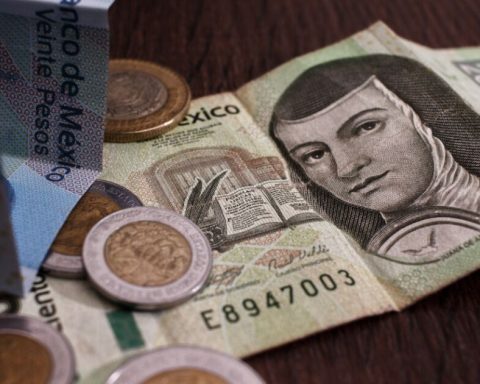“The achievements of man rest on the use of symbols”, Alfred Korzybski, Polish philosopher and linguist.
In an attempt to validate my resolutions and read more and better, I started the year in an old bookstore. Unlike previous visits, this one was a success because, instead of rushing in, asking for a title, and continuing on the journey, I took the time to rummage through its shelves, flip through its dusty leather volumes, and review more than a score of of books and anthologies that kept their pages thanks to the magic of the holy spirit.
Love searches get accurate results. Perhaps that is why I went to the shelf dedicated to the work of José Vasconcelos and there, attached to Ulises Criollo, I found the wonderful “Mexico and its symbols”, a tiny red book with yellowish pages, covered with thick plastic.
Published in 1961 by Editorial Avante, Professor Carmen G. Basurto’s copy is dedicated to high school students, but even more so, to the country’s teachers, whom the author invites to spread “the ideology of Mexicanness.” Inspired by the history encyclopedia “Mexico through the centuries” (1884) and illustrated with drawings in the style of the Mexican School of Painting, Basurto’s compendium explains the history of the flag, the anthem, the national shield and offers advice pedagogical with the purpose of awakening patriotism in children.
The book sent me back to primary school and made me evoke the Monday ceremony, it also helped me understand the educational dynamics and the worldview of Mexico in the sixties, but, above all, it reinforced my ideas about the importance of using the symbols to sow the nationalism that formed millions of children and young people until the end of the 20th century and that united the then modernity with the founding myth, the pre-Hispanic heritage and the insurgent and revolutionary stages.
This justifies that people born between 1965 and 1980 have built our identity through green, white and red, the eagle, the nopal and snake, the hero children, Juárez and Madero, but also thanks to the satellite towers, the Chapultepec museums, the Azteca Stadium, the Palacio de los Deportes and the large umbrella-shaped fountain designed by José Chávez Morado for the Museum of Anthropology.
Things have changed, and a lot. In the 21st century it has become difficult to think about identity and it is not bad, but natural: we are more and more citizens of the world and our preferences have been regularized thanks to social networks and the magnificent phenomenon of economic, political, social interconnection, but especially technology that we understand as globalization.
What is salvageable is that, in addition to taking advantage of this interconnection, the countries still preserve their particularities and their citizens continue to be proud of the emblems that define them. That is why France is still identified with the Eiffel Tower, the Arab countries with the mystical sands of the desert, the Netherlands with tulips and the officialization of trade and India with the rituals of the Varanasi river and the wonder of the Taj Mahal. For me, Mexico is the Stone of the Sun, the second floor of the Periférico, Chichén Itzá, the national anthem, the INE, the alternation that was achieved in 2000 and a respectful greeting when the flag passes by. I don’t know if something similar to this applies to the youth and children of our country, impacted by the magic of the Avengers, Checo Pérez, Chucky Lozano and the legends of drug trafficking, but also by a reality that comes to them firsthand with the victims of femicide, homophobia and transphobia, the scenes of stranded and mistreated migrants -in the best of cases-, the accidents in the subway and the spectacle of organized crime, which makes Mexico the scene of violence that could pass for the set of an action and death movie, one of those that splatters blood everywhere.
The beginning of the year is good for questions: What does Mexico tell us? Has Ovid become a national symbol? What are the children learning?
It is still early to understand the effects of what we are experiencing, so I leave the reflection open. My best wishes for the coming year.

















